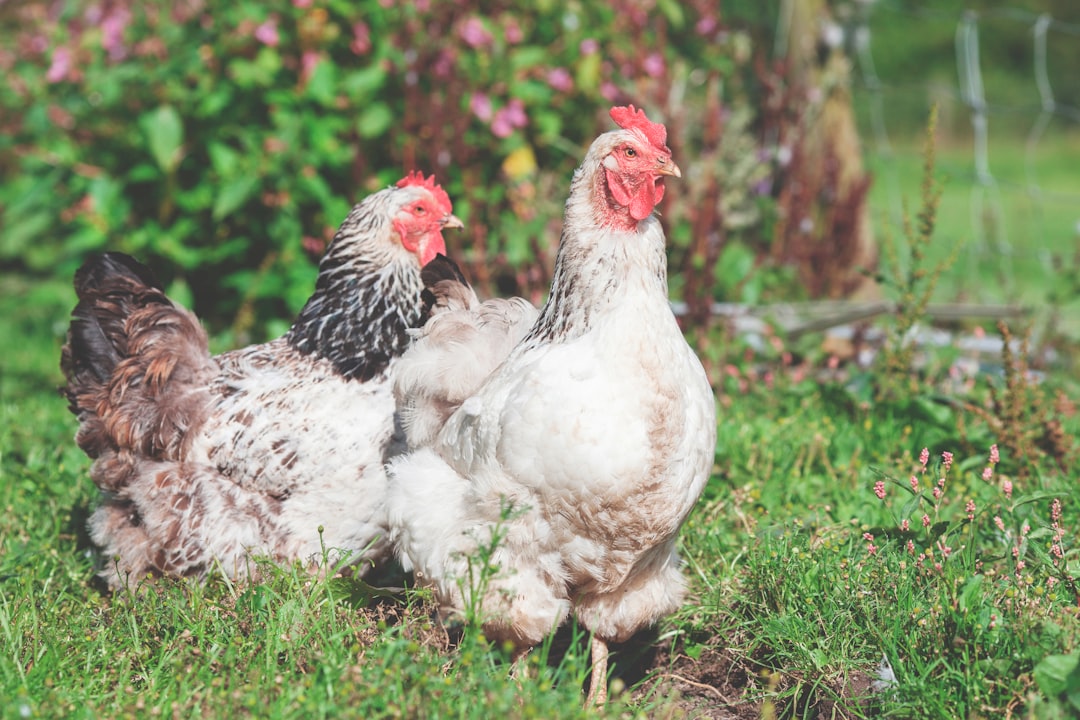Biosecurity is a critical component of poultry farming, regardless of the scale of operation. Effective biosecurity measures help prevent disease outbreaks, ensuring the health and productivity of poultry flocks worldwide. Here’s a comprehensive guide to essential biosecurity practices that poultry farmers can implement to safeguard their operations.
1. Access Control and Visitor Management
-
Restrict Access: Limit entry to essential personnel and authorized visitors. Maintain a record of all visitors to track potential disease vectors.
-
Visitor Protocols: Ensure visitors wear clean clothing, boots, and gloves. Use footbaths with disinfectants at entry points to prevent pathogen introduction.
-
Education: Educate visitors and staff on biosecurity protocols to ensure compliance.
2. Sanitation and Hygiene
-
Regular Cleaning and Disinfection: Consistently clean and disinfect all areas, including poultry houses, equipment, and vehicles, to maintain a pathogen-free environment.
-
Hand Hygiene: Provide handwashing stations for workers and visitors to prevent the spread of pathogens.
-
Equipment Management: Avoid sharing equipment between farms or flocks. If sharing is unavoidable, ensure thorough cleaning and disinfection before use.
3. Pest and Rodent Control
-
Implement Pest Control Programs: Use traps, baits, and proper storage to minimize infestations by rodents and insects, which can transmit diseases.
-
Maintain Clean Surroundings: Keep grass and weeds cut around poultry houses to reduce pest habitats.
4. Water Quality Management
-
Regular Water Testing: Test water sources for bacterial contamination, chemical pollutants, and pathogens to ensure they meet safety standards.
-
Clean Drinking Systems: Ensure clean, fresh water is available at all times.
5. Dead Bird Disposal
-
Prompt Removal: Immediately remove dead birds from the flock to prevent disease transmission.
-
Proper Disposal: Dispose of dead birds in a manner that prevents environmental contamination and disease spread.
6. Vaccination and Health Planning
-
Vaccination Programs: Implement vaccination strategies against common poultry diseases like Newcastle disease and Marek’s disease.
-
Health Planning: Develop a health plan with your veterinarian, including isolation protocols for new or returning stock.
7. Farm Location and Design
-
Strategic Location: Position farms away from other animal production systems to minimize cross-contamination risks.
-
Secure Housing: Design poultry houses to be secure against rodents and wild birds, preventing potential disease vectors.
8. Traffic Control and Movement
-
Controlled Movement: Limit the movement of people, animals, and equipment between farms to reduce disease transmission risks.
-
One-Way Traffic: Ensure traffic flows in one direction through poultry houses to prevent cross-contamination.
Conclusion
Implementing robust biosecurity measures is essential for preventing disease outbreaks in poultry farms. By adopting these critical practices, poultry farmers can protect their flocks, maintain productivity, and contribute to global food security. Whether you operate a small backyard flock or a large commercial farm, prioritizing biosecurity is crucial for the health and success of your poultry operation.
Citations:
- https://www.glamac.com/blog/importance-of-poultry-biosecurity-measures/
- https://www.gov.uk/guidance/disease-prevention-for-livestock-farmers
- https://champrix.com/articles/biosecurity-in-poultry-farming-protecting-your-flock
- https://www.business.qld.gov.au/industries/farms-fishing-forestry/agriculture/animal/industries/poultry/health/prevent
- http://inspection.canada.ca/en/animal-health/terrestrial-animals/diseases/reportable/avian-influenza/avian-biosecurity
- https://pmc.ncbi.nlm.nih.gov/articles/PMC9230070/
- https://www.veterinariadigital.com/en/articulos/biosecurity-on-the-poultry-farm/
- https://pmc.ncbi.nlm.nih.gov/articles/PMC7505654/
- https://agriculture.vic.gov.au/biosecurity/animal-diseases/poultry-diseases/biosecurity-for-poultry-producers

Comments
No comments yet. Be the first to comment!
You must be logged in to comment. Login